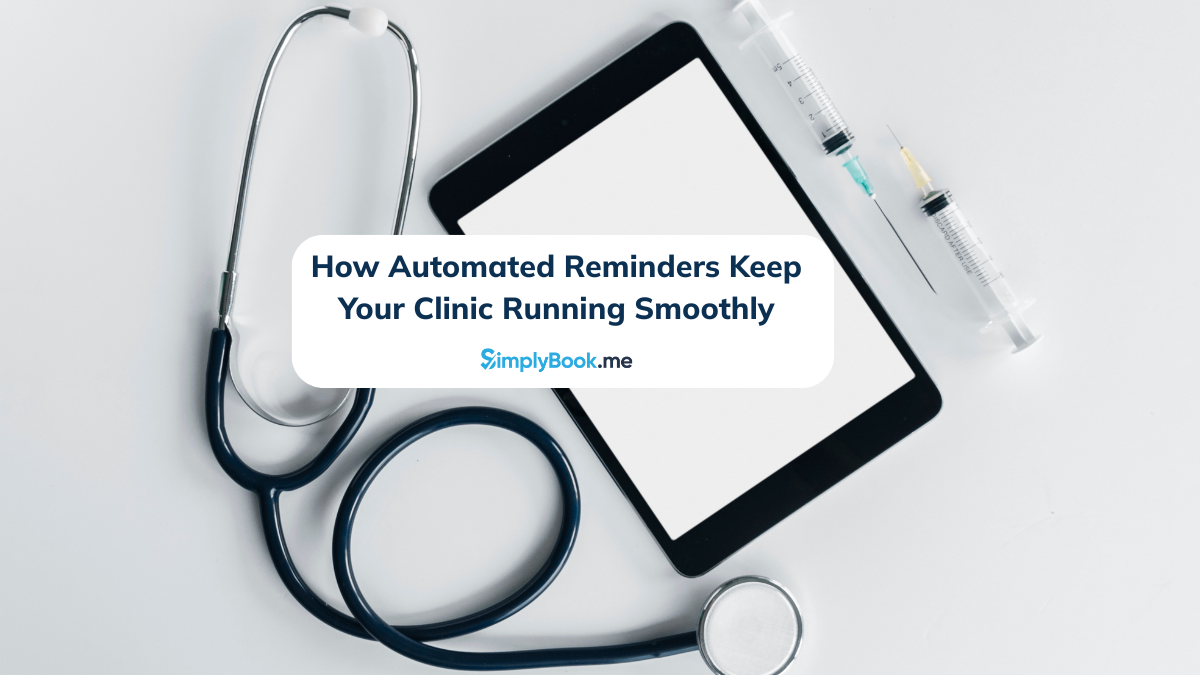Medical Trends in 2021 – Testing, Treating, Vaccinating & Predicting Healthcare

This post is also available in:
![]()
![]()
![]()
Medical testing, vaccinations, and overall healthcare have developed in leaps and bounds this past year. Necessity might be the mother of invention, but the innovations influenced by the 2020 COVID-19 pandemic will be here with us for the long haul and will drive further development in the future. 2021 will see the widespread roll-out of Covid-19 vaccinations, and several other online and digital transformations in the medical community. Medical trends have often lagged behind the digital developments in different sectors, through fear of data leakage (HIPAA violations), mistakes, and the need to have human oversight of patient care. It’s understandable. However, the medical trends of 2021 will bring the healthcare industry firmly into the digital era.
In general, healthcare has been pushing digital boundaries, COVID-19 testing and now vaccination have breached those boundaries through necessity.
Testing and Vaccination Trends
COVID-19 will still be with us throughout 2021 and possibly even longer. However, that doesn’t mean that life won’t return to some version “normal” with widespread testing and vaccination schemes becoming available worldwide. Furthermore, technology will facilitate a controlled, safe, and comprehensive coverage of both testing and vaccination.
Some countries have already approved and begun vaccinating their most elderly and vulnerable people. However, when larger sections of the population become eligible for vaccinations more stringent scheduling and tracking will become essential.
Some crucial aspects of vaccination scheduling will require software that can ascertain eligibility, age or vulnerability, and check against external regional or national databases for first and second doses. Testing will also remain a typical usage of scheduling and tracking software.
Beyond COVID-19 pandemic control, initial studies and research suggest that quick mutation and increased infectiousness of the SARS-Covid virus will make it more akin to the seasonal flu. Furthermore, much like the seasonal flu, it might also require annual vaccinations for those susceptible to complications from the virus. All of which suggests that implementation of rigorous vaccination scheduling for both seasonal flu vaccines and the SARS coronavirus will be required to return us to a usual way of life.
We can’t afford to fool ourselves if there is a possibility of another global virus in our futures. Implementing rigorous testing protocols and contamination prevention is a step towards avoiding the worldwide shutdown we experienced last year.
On-Demand Healthcare & Telemedicine Trends
So you can’t order up a doctor on your TV to give you a full diagnosis at will, on-demand medicine allows patients to take control of their schedules: When they want to book, who they want to book with and where they want to be. Digital innovation in medical trends accommodates patients in their busy lives, and hectic schedules, while also giving them choices.
Mobility plays a huge part in the on-demand healthcare trend. People are more mobile; they travel further for work and pleasure. Moreover, smartphones mean that people can access online healthcare from practically anywhere with good data coverage.
Another crucial aspect of accommodating the on-demand medicine trend in 2021 is work. People work long hours, often a significant distance from their primary care provider. In an employment environment that instils fear for their future employment people want to keep their sickness and doctors visits out of work time. This means having the ability to schedule any medical visits and calls around their work time. Many people will be scared to admit illness or medical difficulties to employers throughout 2021 because 2020 saw the decimation of the equivalent of 255million full-time jobs, globally (that’s like wiping out every job for the adults in the US and UK combined). There are a lot of people ready to fill their shoes.
Big Data, AI & Machine Learning in Medicine
Data, data and more data will make an increasing impact on medical trends for the foreseeable future. The massive amounts of existing digital medical data feeds information to medical providers, insurance companies and health services worldwide. In turn, this data helps determine staffing levels for hospitals, the incidence of specific diseases in certain areas or demographics, and even determining insurance premiums and predicting health and medical trends into the future.
AI and machine learning have found a foothold in practically every facet of healthcare from dosage error reduction, patient medical history, logistics and staffing to robotic-assisted surgery, diagnostic imaging and initial diagnoses and triage. Where different medical imaging tech can show an approximation of what’s going on inside a body, AI computers can pick up subtle anomalies on scans invisible to our naked eye—potentially allowing for earlier tumour discoveries and other progressive conditions.
Big Data “sharing” could cause problems with patient confidentiality violation, especially when determining whether someone is abusing the health system or their insurance plan.
The uses of Big Data and Artificial Intelligence in medicine is enough for several articles. However, this Accenture report is an interesting read, despite its age.
Augmented and Virtual Reality Medical Trends
AR and VR technologies will make huge waves in the medical community in 2021. Uses for AR and VR are expanding in many medical training facets, patient treatment and even diagnostics.
Augmented reality is being used to help the telemedicine industry help doctors diagnose video patients remotely by enhancing the information available to them. It is also beneficial for helping autistic children function in the wider world.
Virtual Reality tech has a whole host of uses, from chronic pain management to treatment for mental health diagnoses.VR is also fabulously useful in medical and surgical training, given its ability to replicate internal organs in motion.
If VR can significantly reduce the population’s dependence on prescription pain meds, that can only be a good thing. Likewise, VR therapy can help progressive dementia patients maintain more neuroplasticity for longer, assist in treating acute anxiety disorders and PTSD. It’s a technological solution instead of a chemical one, but it’s still medicine.
Io(M)T – Internet of (Medical) Things
Electronic wearables, tracking, and health management devices could become networked. This will allow doctors to track medical conditions without requiring patients to stay in hospitals or make regular clinic visits. Some examples are blood sugar monitors for diabetic patients, allowing doctors to make electronic adjustments to insulin dosages. Alternatively, patients with blood pressure issues allowing doctors to track dangerous changes.
Other options include wearable health trackers that record changes in sleep patterns, oxygen saturation, heart rate and temperature. All of which perhaps indicates the wearer should visit their local clinic or have a check-up.
One of the driving factors for wearable and remote health tracking devices will be the mainstream implementation of 5G networks. Until 5G networks are mainstream, wearable tech’s hindering feature is network connections’ unreliability. Also, the data load the remote web can handle.
Medical Trends to Watch
These are all medical trends that will make their mark in 2021, but the ones that will affect everyone, both in medicine and non-medical people, are COVID-19 testing and vaccination technologies. We have reached a point where it isn’t gone, but we can begin to live with it in the coming months. Whether that means long or short term vaccinations or regular testing of everyone, both require rigorous scheduling and checking. The sooner we have effective systems in place worldwide; the quicker life returns to standard. Moreover, we can begin to see the additional benefits of medical innovation and digitisation applied to non-COVID medicine.
It’s an exciting time to be in medicine.



Comments
0 commentsNo comments yet